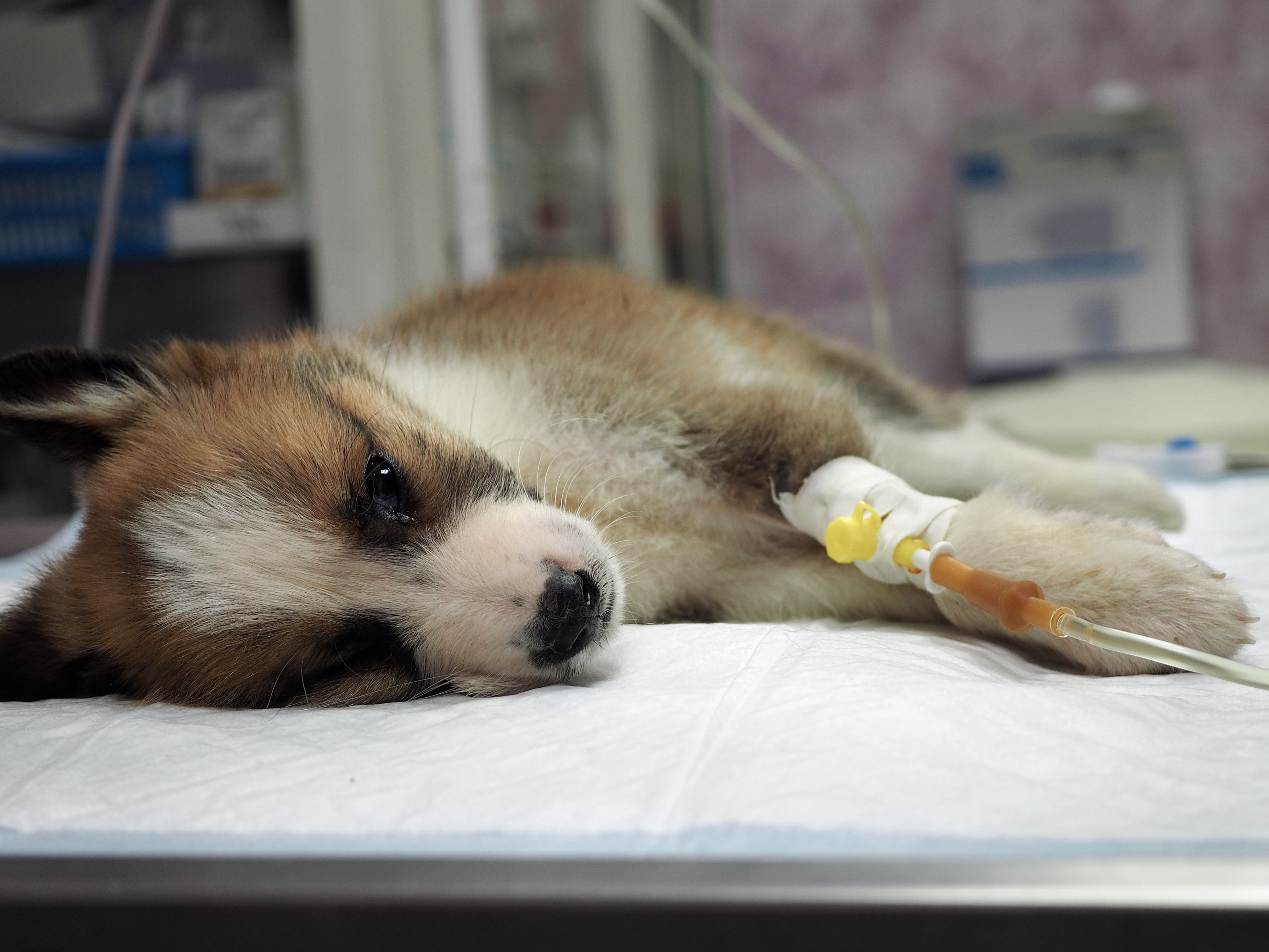
The Desexing Debate
The Benefits of Desexing…
By Doctor Rowena Buxton
Most pet owners in Australia recognise the benefits of desexing their pets. According to a survey by the Australian Veterinary Association over 90% of cat owners and close to 80% of dog owners voluntarily have their pets desexed.
The RSPCA promotes desexing as an essential part of responsible pet ownership. Some councils require pets to be desexed unless the owner is a registered breeder, and most councils reward owners of desexed pets with reduced registration costs.
[su_highlight background=”#1ae3e2″ color=”#0c100d” class=”rounded”]What is it about desexing our pets that has convinced so many that it is the right choice, perhaps the only choice, for responsible pet owners? [/su_highlight]
Often the reason for desexing is population control, and this does seem a logical argument. Desexed animals can’t have unwanted offspring that become feral or are surrendered to shelters. Sure, there are other ways to achieve population control. Adequate fencing, chemical treatments, enclosed exercise areas for cats are a few examples. The benefits of desexing in population control is convenience. A one-off, low cost investment that requires no maintenance, no repeat treatment and no understanding of oestrous cycling in the individual pet.

Behaviour is a reason to consider desexing, and not just for large, aggressive male dogs. Reproductive hormones affect behaviour in wonderous ways. Suddenly no fence is too high for Chuck the Pug to scale, no road is too busy for Misty venture, no distance too far for Jack to wander – all in the pursuit of love, and by otherwise very docile domesticated pets. The vigilance necessary to thwart the pursuit of love requires a determined owner. Escapades of this nature too often end in broken bones and missing pets.

And how about the mess?
Dealing with oetrous in a female cat is a long, often loud battle that doesn’t end unless mating occurs (see above for notes on population control) or veterinary intervention is sought. Given that Misty can come into season from 6 – 9 months of age and as frequently as every 14 – 21 days, desexing of female cats is requested by most owners at six months of age. If you are unfamiliar with the sound a female cat makes the entire time she is on heat – here is a little taste……
Sasha, a Border Collie, has a slightly easier time of it. Female dogs will generally cycle twice a year, Sasha is likely to start around 9 – 12 months, and each cycle will last about 2 – 3 weeks. But that is still 2 – 3 weeks, two to four times a year that Sasha will require home detention, during which she will have a vaginal discharge, swollen vulva and be constantly licking the area. Going out of the house is fraught with danger, even with adequate fencing. Not only will every entire male in the neighbourhood be considering how best to break in, Sasha is likely to be considering an escape in every unguarded moment.
The incidence of some diseases appears to reduce with desexing. Dystocia (problems during birthing), pyometra (infection of the uterus) and breast cancer (mammary tumours) are all unlikely in desexed female dogs. For males an argument can be made for the reduced risk of prostate disease and reduced risk for some types of tumours.
Add to these arguments the reduction in behavioural problems such as aggression, spraying, fighting and biting (of humans) and it’s easy to see why desexing has achieved such high acceptance. But are there any counterarguments? Are there any reasons to leave our pets entire?

Perhaps the biggest concern for desexing is timing. Although the RSPCA practices early age desexing from the age of eight weeks, when the surgery is simple and the recovery is rapid, it does acknowledge that there is some evidence for an association between age at desexing and urinary incontinence, and suggests further research in this area is warranted. The current position of the RSPCA is that the benefits of desexing – healthier pets, prevention of roaming and injury, prevention of unwanted litters and the chance for pets to led longer lives – outweigh the possible association of incontinence with early age desexing. Most veterinarians will recommend waiting until a minimum of six months of age, likely longer in large breed female dogs, and longer still in large breed male dogs.
The benefits of desexing are convincing, for the individual pet and the greater community. However it is important to remember that desexing is just a part of responsible pet ownership. Adequate socialisation with people and other pets, consistent exercise, a good diet, regular dental care – all of these are also required to nurture a puppy or kitten into a positive pet and keep them fit for life!
Book your pet in for desexing by contacting the team at Vet24 – the best desexing prices in Perth.
For more information on Pyometra – http://www.petmd.com/dog/conditions/reproductive/c_multi_pyometra_hyperplasia
For more information on Testicular Cancer in dogs – http://www.peteducation.com/article.cfm?c=2+2087&aid=481
For more information on Mammary Gland Tumors – http://www.petmd.com/dog/conditions/cancer/c_dg_mammary_gland_tumor


